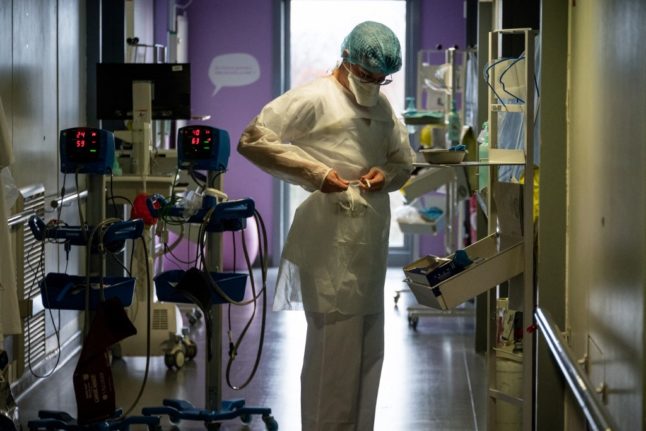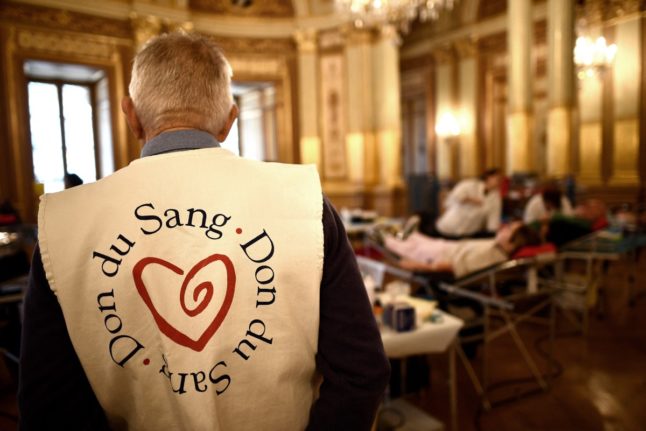A first suspected case of monkeypox in France was reported in the Paris area on Thursday, the country’s direction générale de la santé has said, two weeks after a first case of the virus in Europe was discovered in the UK.
Since that first case was reported on May 6th, more than 30 other cases have been confirmed in Spain, Portugal, the UK, Sweden, Canada and the USA.
Here we explain what is known about the viral disease.
Why is it called monkeypox?
The virus was first identified in 1958 in laboratory monkeys – which is where the name comes from – but rodents are now considered the probable main animal host.
It is mainly observed in isolated areas of central and western Africa, the World Health Organisation (WHO) said, with the first case in humans reported in 1970 in the Democratic Republic of Congo.
Why is it in the news?
Monkeypox does not usually spread beyond Western and Central Africa. It is the first time, for example, it has been identified in Spain or Portugal.
It is believed the relaxing of Covid-19 travel rules have allowed the virus to spread further than usual.
The first case in the UK was reported on May 6th, in a patient who had recently travelled to Nigeria. But in the eight cases reported since, several had no connection to each other, and none had recently travelled, prompting experts to believe a number of cases have gone unreported.
Scientists are now working to find out if those cases are linked.
What are the symptoms?
Initially, the infected patient experiences fever, headache, muscle pain, inflammation of the lymph node, backache and severe fatigue. Then pimples appear, first on the face, then in the palms of the hands and on the soles of the feet. The mucous membranes of the mouth, genitals and cornea may also be affected.
It has been described by the World Health Organisation (WHO) as similar but less serious than smallpox. In most cases, symptoms disappear in two to three weeks and the patient makes a full recovery.
There are two known strains of the virus: the more severe Congo strain and the West African strain. UK cases reported to date have been the West African strain.
How is it transmitted?
Monkeypox is most often transmitted to humans by infected rodents or primates through direct contact with blood, body fluids, or skin or mucous membrane lesions of these animals.
Human-to-human transmission occurs primarily through respiratory droplet particles during prolonged contact. But contamination can come from close contact with skin lesions of an infected individual or from objects, such as bedding, recently contaminated with biological fluids or materials from a patient’s lesions.
More severe cases are related to the length of time patients are exposed to the virus, their state of health, and whether the virus leads to other health complications.
Young children are more sensitive to this virus.
Can it be treated?
There is no specific treatment or preventive vaccine against monkeypox – and the huge majority of patients recover fully with appropriate care.
Smallpox vaccination was effective in the past at also providing protection from monkeypox, but with that disease considered eradicated, people are no longer vaccinated against it, which has allowed monkeypox to spread once again.
Should we be worried?
Experts have said that we’re not going to see the virus reach epidemic levels.
“There is no evidence that human-to-human transmission alone can maintain monkeypox in the human population,” the WHO has said.



 Please whitelist us to continue reading.
Please whitelist us to continue reading.
Member comments